Vietnam brewery boom continues despite economic woes
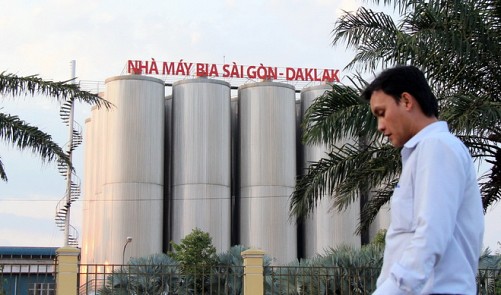
A man walks past the Saigon - Dak Lak brewery in Dak Lak February 11, 2014.
With a large proportion of the population considered as beer lovers, analysts say Vietnam is a heaven for both local and international brewery investors. However, other experts are concerned that the country will soon experience a beer surplus when supply exceeds demand.
The Saigon Beer Alcohol Beverage Corporation, commonly known as Sabeco, is leading the race to open new breweries in the country.
Its latest investment is the Saigon – Kien Giang brewery, which has recently broken ground in the Mekong Delta province of Kien Giang. Once operational, it is expected to produce 50 million liters of beer per year.
Earlier in late 2013, the Ho Chi Minh City-based beverage maker also started two similar projects in Can Tho and Binh Thuan, both of which are worth VND450 billion (US$21.23 million) and have a capacity of 50 million liters per year.
According to unofficial report, Sabeco is operating 24 brewery projects countrywide, with 20 facilities already active producing a total capacity of 1.8 billion liters of beer a year. Sabeco has said it would invest in three more projects from now to 2015.
Meanwhile, Habeco, the northern rival of Sabeco, is also operating dozens of breweries in the northern and central localities including Phu Tho, Hai Phong, Quang Ninh, Nam Dinh, Thanh Hoa, and Quang Binh, among other places.
Several localities like Nghe An, Phu Tho, Hanoi, and Binh Duong are home to beer making plants of at least two brewers.
While local brewers are actively investing in new projects, the foreign players also show their interest in this lucrative market.
Denmark-based Carlsberg are cooperating with several local businesses to invest in breweries, while US brand Budweiser is waiting to inaugurate its first Vietnamese facility in the near future.
Meanwhile, Japanese player Sapporo Vietnam is planning to increase the capacity of its $42 million facility in Long An Province from 40 million liters to 100 million liters per year, according to its general manager Hirofumi Kishi. The CEO said Sapporo will also expand into other localities beside the Mekong Delta province.
Lucrative market
The reasons behind the race to expand production in the country’s beer market could be the fact that many tariffs are expected to be lifted over the free trade agreements Vietnam is going to join, along with the massive beer consumption by local drinkers.
Imported beers are currently subject to a 45 percent import tariff, a 50 percent excise tax, and a 10 percent value-added tax. All of these duties will be exempt once the Trans-Pacific Partnership takes effect.
On the other hand, Vietnam consumed more than three billion liters of beer last year, up by 10 percent from a year earlier, according to a preliminary report by the Vietnam Beer, Alcohol and Beverage Association. This year the consumption is expected to rise 5 percent, despite the ongoing economic turmoil.
According to a report published in May 2013 by market research organization Eurowatch, each Vietnamese person consumes 32 liters of beer per year on average.
Vietnam is the "beer drinking champion" of the ASEAN region, the third in Asia after China and Japan, and in the top 25 beer drinking countries globally with an annual growth rate of 15 percent, in spite of the fact that its per capita income in 2012 was among the lowest in region.
What the stars mean:
★ Poor ★ ★ Promising ★★★ Good ★★★★ Very good ★★★★★ Exceptional
Latest News
More News
- Trump's trade policies could shape Vietnam's economic outlook: Dragon Capital (November 15, 2024 | 16:56)
- Prioritising corporate governance for Vietnam’s sustainable growth (November 14, 2024 | 16:50)
- Vietnam eyes nuclear revival to bolster energy security (November 14, 2024 | 16:46)
- German businesses explore investments in Dong Nai (November 08, 2024 | 18:02)
- Vietnamese consumer sentiment outperforms regional averages (November 08, 2024 | 18:00)
- Exchange and interest rates forecast to remain stable after US election (November 07, 2024 | 14:04)
- Industrial real estate stocks benefit from US election results (November 07, 2024 | 13:56)
- 2024 sees $1.41 billion in fintech funding so far (November 07, 2024 | 08:13)
- Trump at 266 electoral votes, Harris at 195: US media (November 06, 2024 | 14:30)
- Hanoi targets digital and high-tech investment with upcoming event (November 06, 2024 | 13:28)






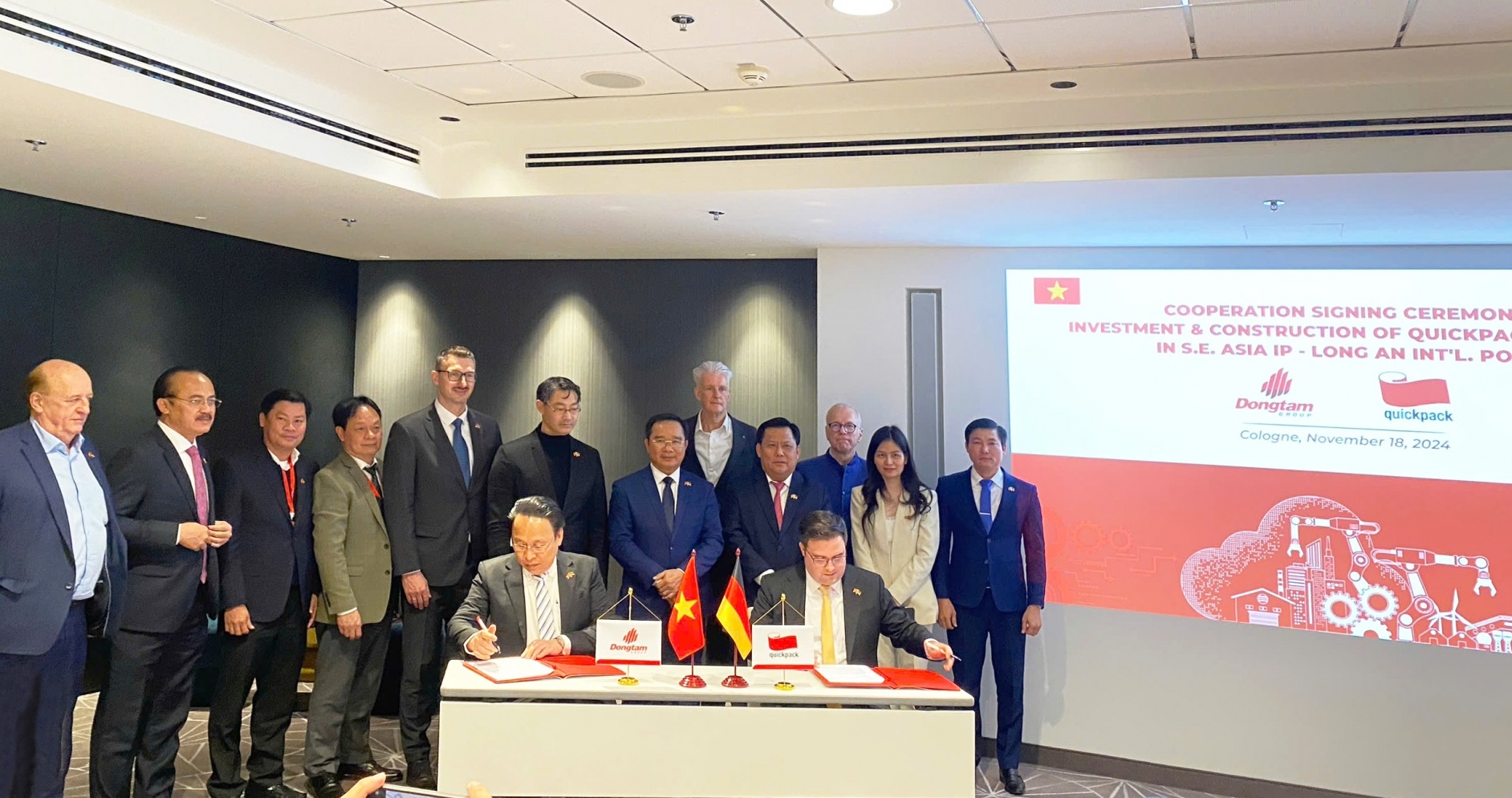
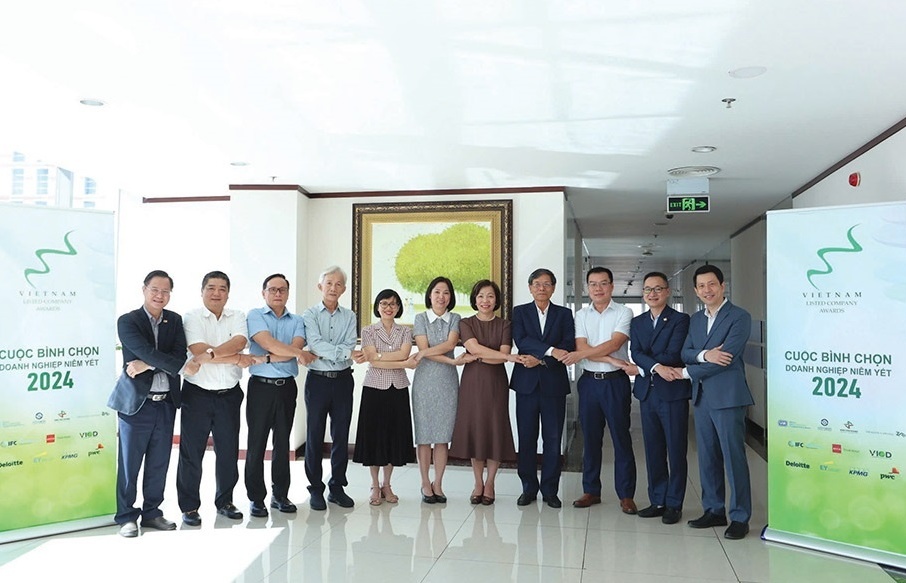
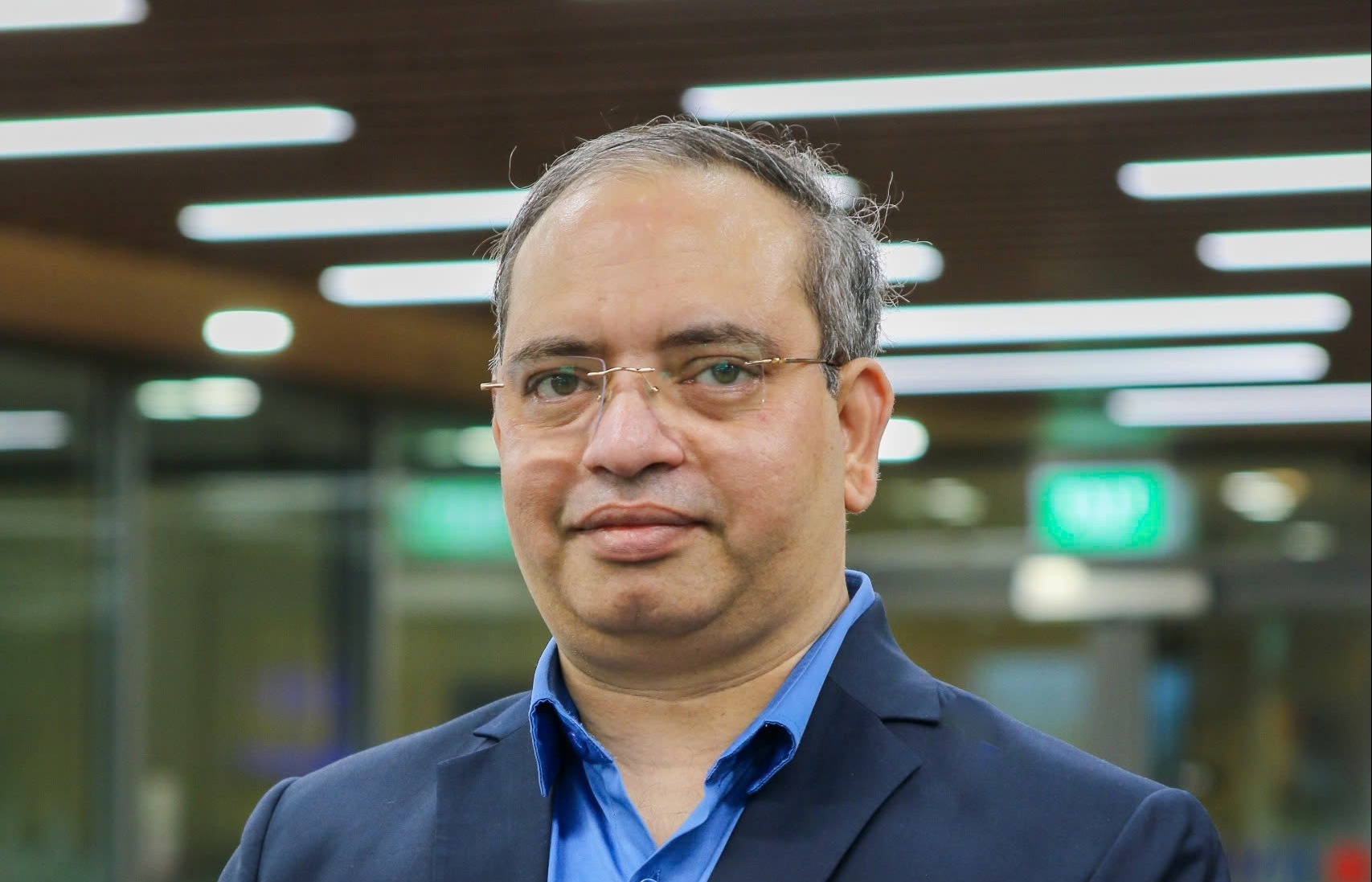






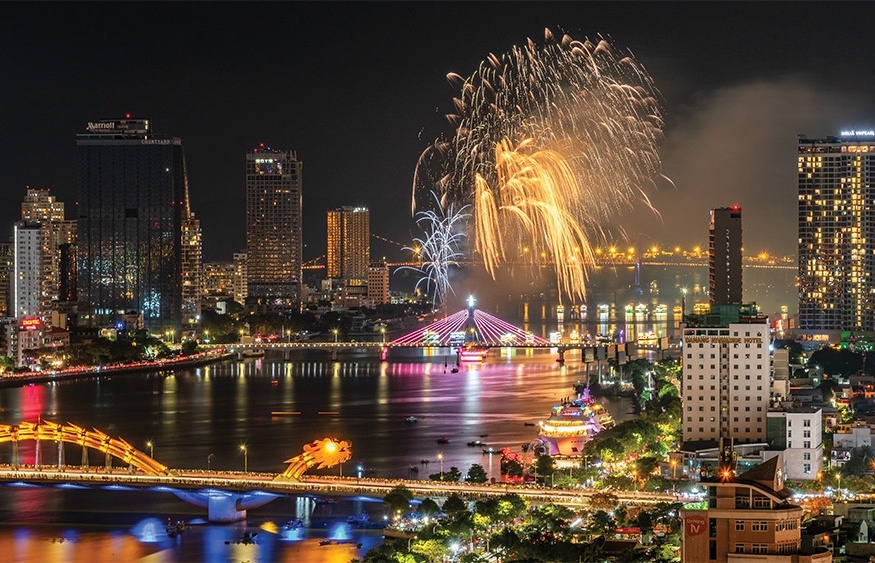
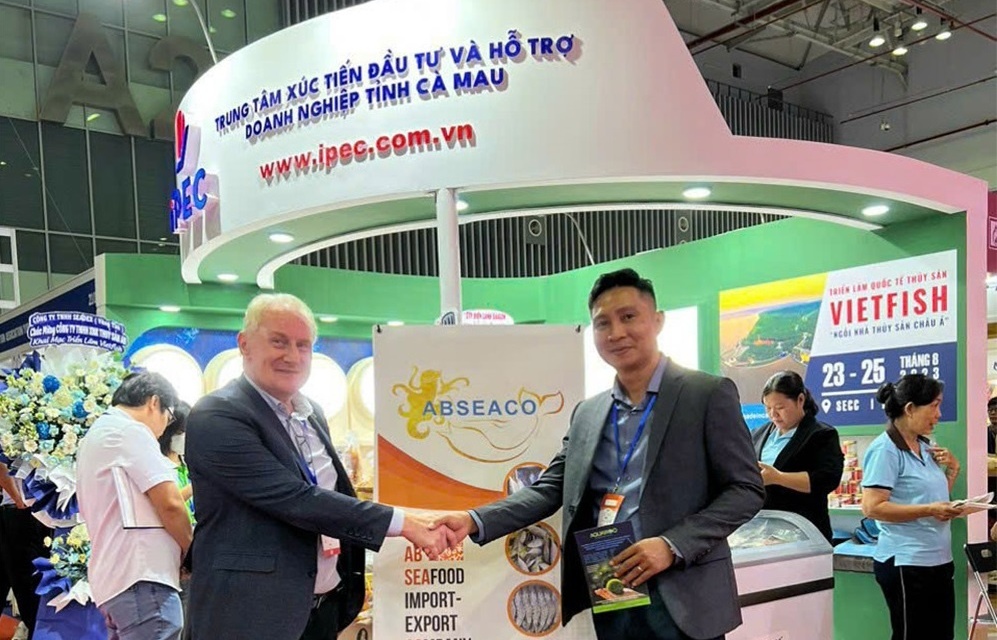



 Mobile Version
Mobile Version